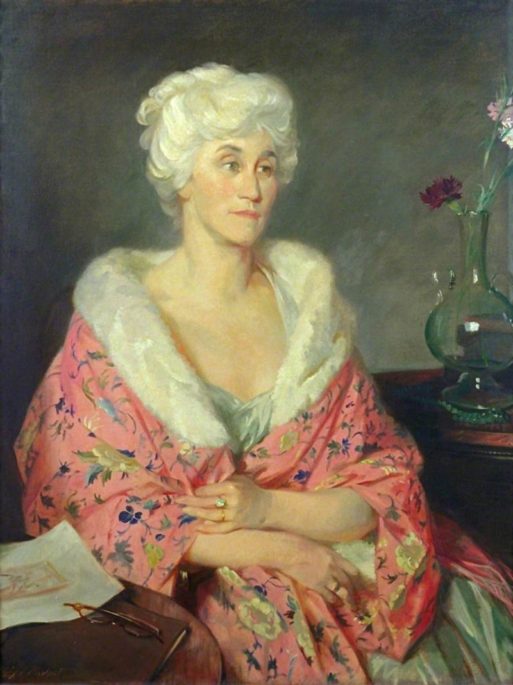 There are what could be termed “better” poems about death by Claudia Emerson, but “Early Elegy: Headmistress” intrigued me so much when I first read it that I chose to write about it this week. The poem is short, only eight lines long, but it conveys so much of its subject’s personality in that octet that it’s worth noting. Even the poem’s first few words say a lot: “The word itself: prim…” (1). This woman is the embodiment of primness, and within the first line, we are able to understand the types of choices and actions that dictated her life.
There are what could be termed “better” poems about death by Claudia Emerson, but “Early Elegy: Headmistress” intrigued me so much when I first read it that I chose to write about it this week. The poem is short, only eight lines long, but it conveys so much of its subject’s personality in that octet that it’s worth noting. Even the poem’s first few words say a lot: “The word itself: prim…” (1). This woman is the embodiment of primness, and within the first line, we are able to understand the types of choices and actions that dictated her life.
So much of her character’s evolution is expressed in, again, just a few words, when Emerson writes, “…on her face/the boredom she abhorred, then perfected…” (2-3). This “boredom” could refer either to that of her students when listening to her (she’s a headmistress) or to the ideals she upheld in her youth; it’s possible that when she was younger she was freer, and more fun-loving (thus abhorrent of boredom), but that she has been forced to “perfect[]” this boredom as a professional in disciplining her students. Either way, the transformation that she has endured over the years is not overlooked.
The headmistress’s primness is highlighted in the next few lines. Her upwardly-held hands are not a gesture of relaxation and carelessness, but rather, they underline her prudishness. The “emptiness” (4), a carefully chosen word, of her hands is a “revision” (5). She had her “cigarette and brandy snifter/painted, intolerably, out, to leave her this/lesser gesture…” (5-7). In reality, these “symbols” of frivolity are present, but the headmistress will not stand for them being immortalized in her painting. She wants to be remembered as a strict disciplinarian, not as a lighthearted smoker and a drinker. Even though the exclusion of these items makes the painting look awkward (“intolerably…lesser”), the headmistress would prefer that they remain out. Now it appears as if she is saying “What next? or…Whatever” (7), but the headmistress wishes to appear as if she has no vices whatsoever.
The final line, “From the waist down she was never there” (8) sums up the entire poem perfectly. The headmistress was always seated behind her desk when disciplining students, and therefore, they only ever knew her from the waist up. Thus, her oppressive image is captured fully in this painting. That’s where the brilliance of the poem lies, in its capacity to encapsulate an entire life in just eight lines. The woman’s development into a severe leader is noted, and the use of the “portrait” (2) in the poem as a representation of the lasting impression she made, are all succinctly contained in the brief piece, possibly as a symbol for her efficiency. Whether this form was intentional or not hardly matters—either way, Emerson skillfully writes a life and a death into her poem, all with perfect subtlety. That alone is a feat worthy of recognition.
- Read a review of a play by another Pulitzer Prize winner
- Read an interview with Claudia Emerson

 “Early Elegy: Headmistress” by Claudia Emerson
“Early Elegy: Headmistress” by Claudia Emerson


 Forest Bathing Eases Grief by Soaking in Nature
Forest Bathing Eases Grief by Soaking in Nature
 The Spiritual Symbolism of Cardinals
The Spiritual Symbolism of Cardinals
 Meaning-Focused Grief Therapy: Imaginal Dialogues with the Deceased
Meaning-Focused Grief Therapy: Imaginal Dialogues with the Deceased














